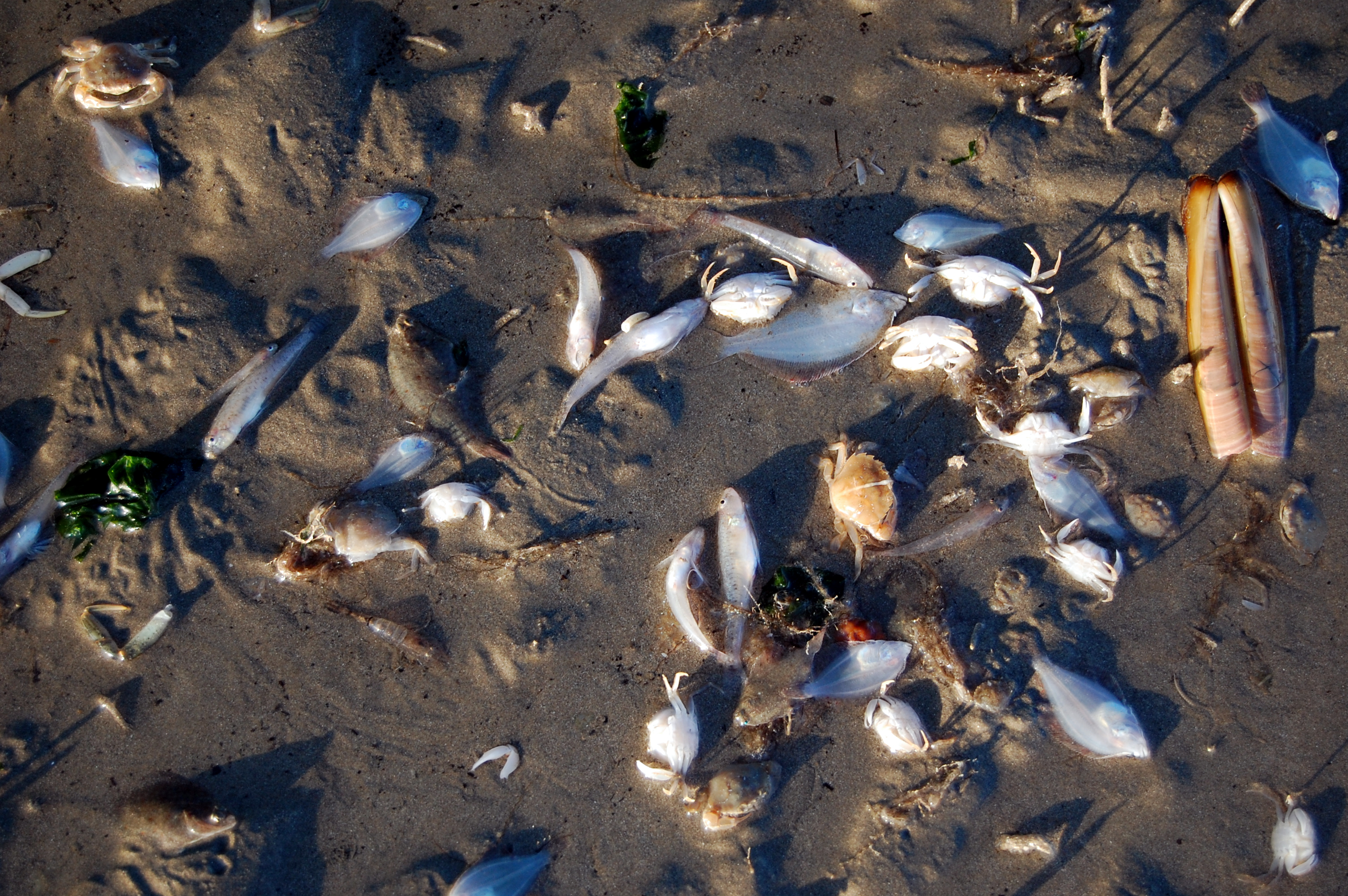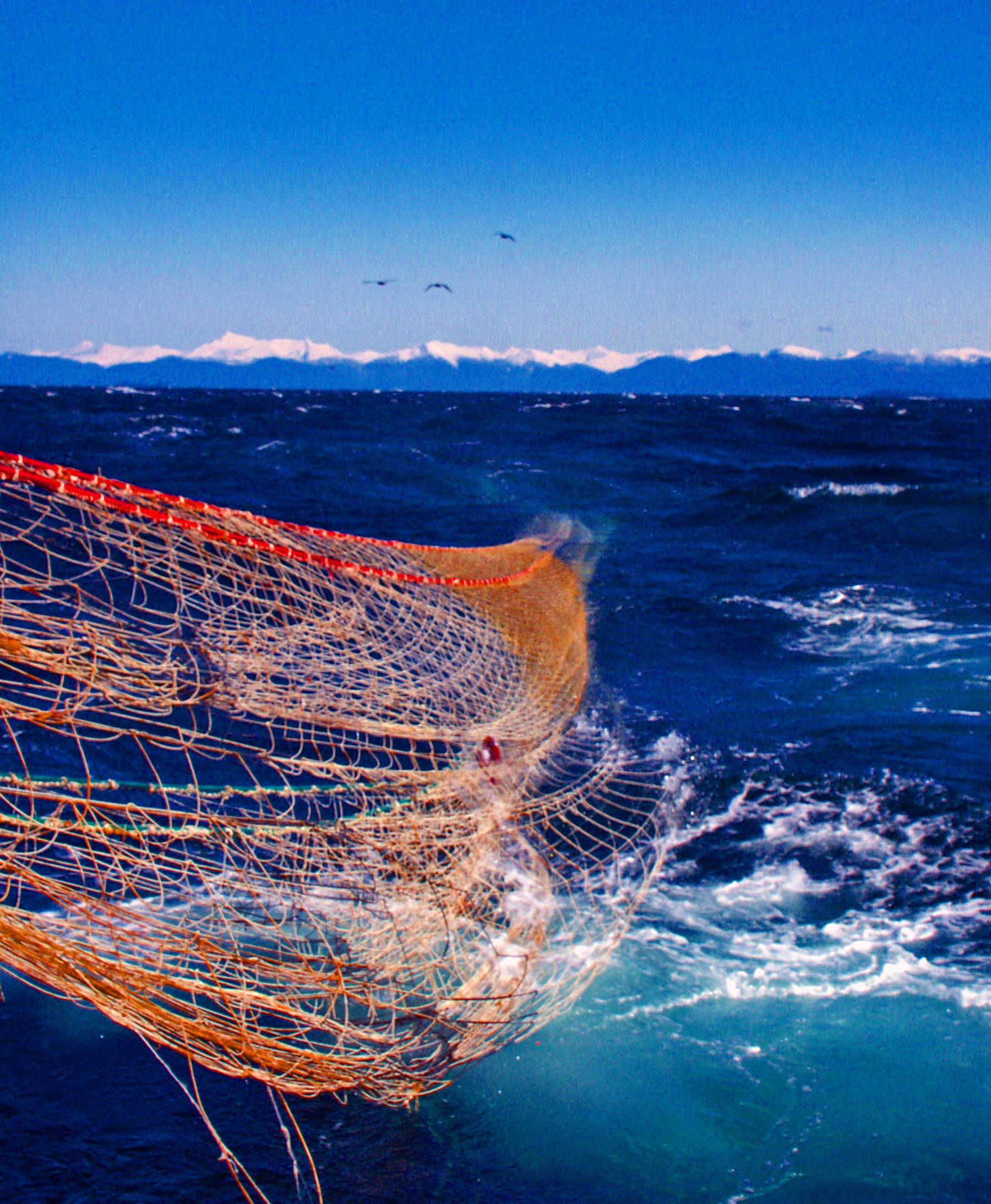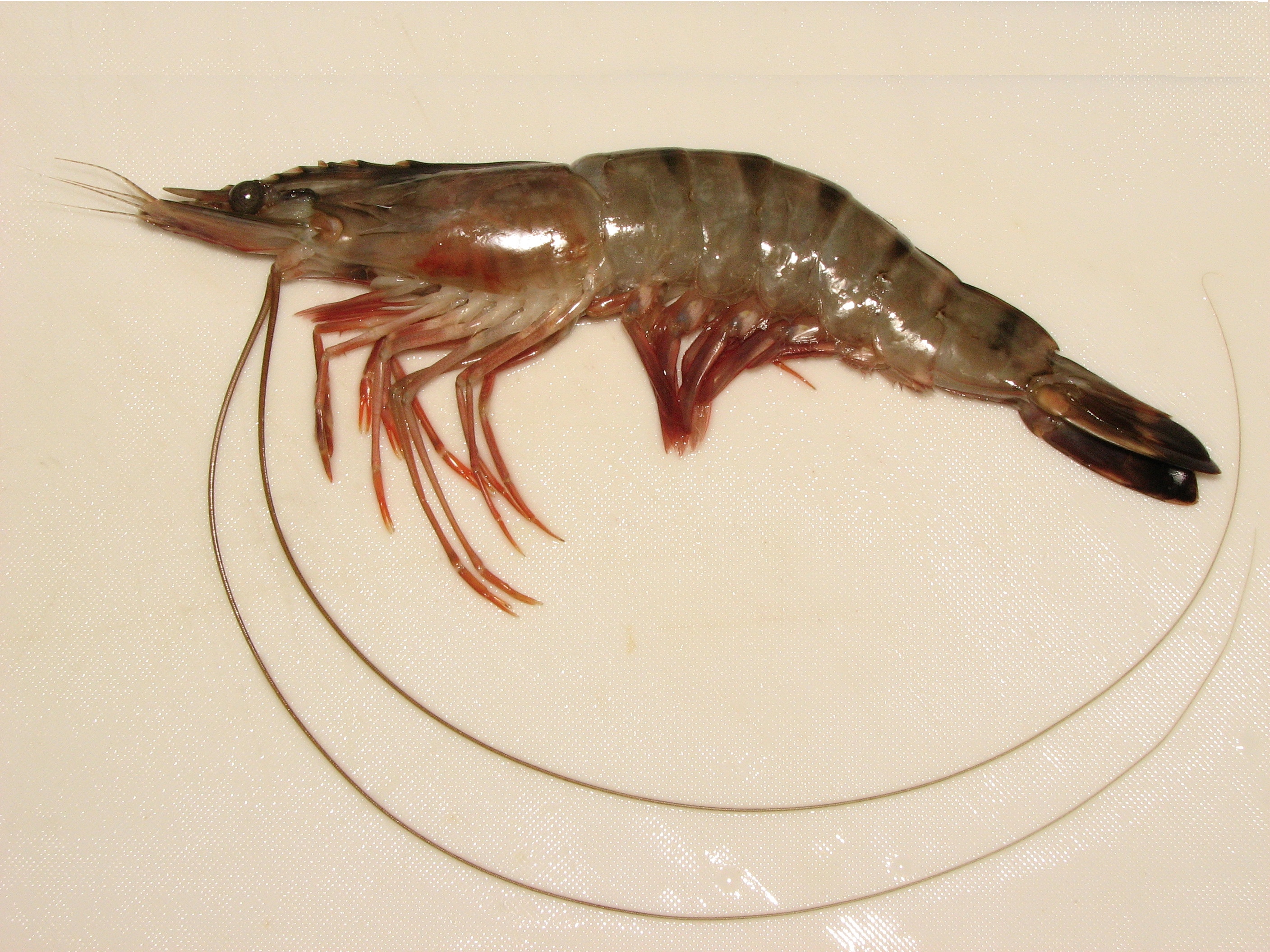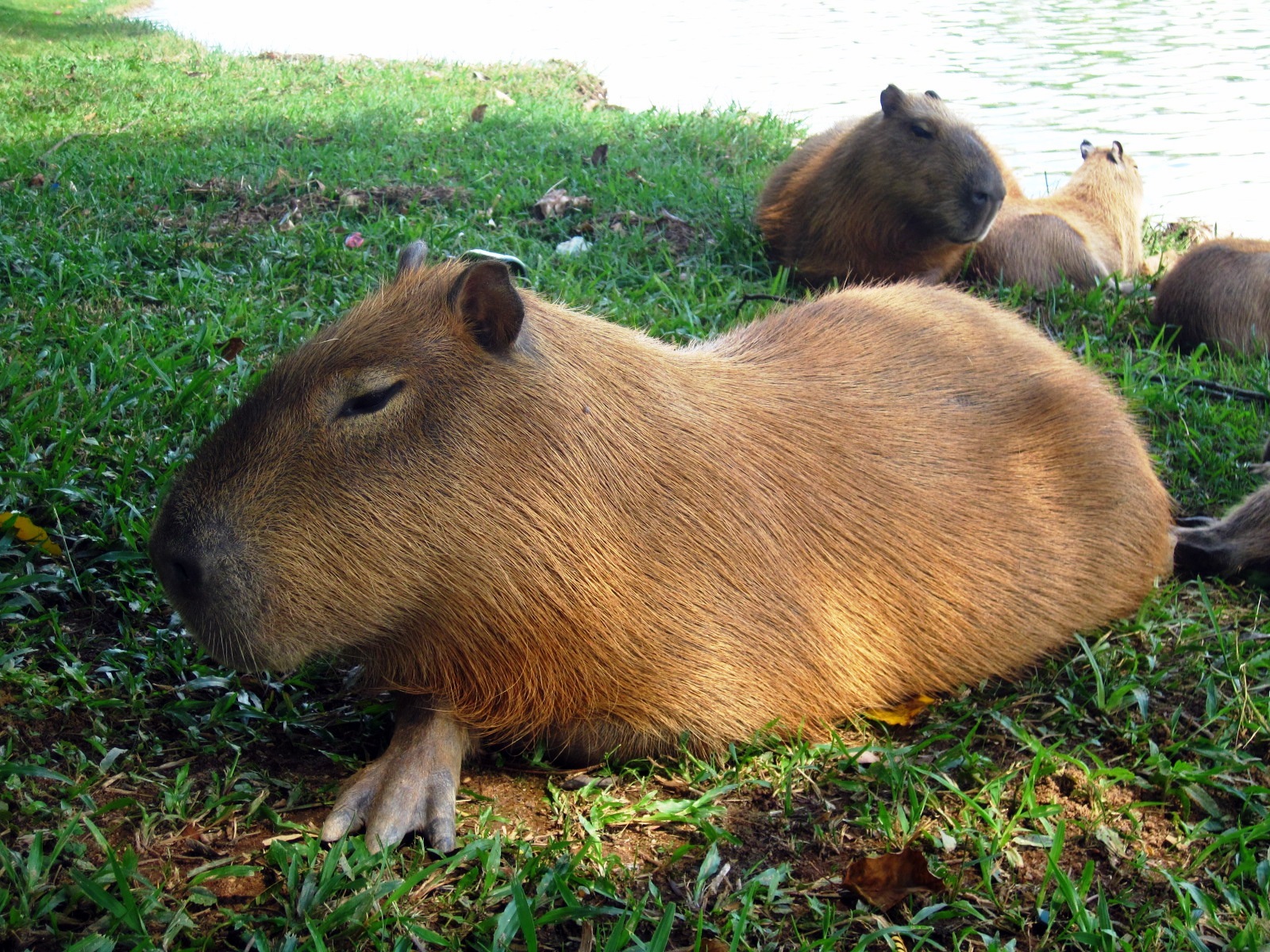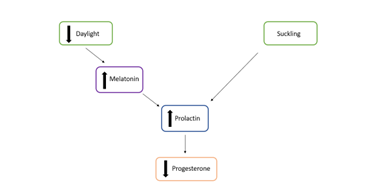|
Trygonoptera Personata
The masked stingaree (''Trygonoptera personata'') is a common species of stingray in the family Urolophidae, endemic to southwestern Australia. It prefers moderately deep areas of sand or seagrass some distance from shore, though it can be found in very shallow water or to a depth of . The masked stingaree can be identified by the two large, dark blotches on the upper surface of its rounded pectoral fin disc, one of which encompasses its eyes like a mask. The outer rims of its nostrils are expanded into prominent lobes, while between the nostrils is a skirt-like curtain of skin with a deeply fringed trailing margin. Its tail bears a small dorsal fin just before the stinging spine, and end in a leaf-like caudal fin. This species grows up to across. The diet of the masked stingaree consists primarily of polychaete worms and crustaceans, with a general shift from the latter to the former as the ray ages. It is aplacental viviparous, with females typically bearing one pup ... [...More Info...] [...Related Items...] OR: [Wikipedia] [Google] [Baidu] |
Animalia
Animals are multicellular, eukaryotic organisms in the biological kingdom Animalia. With few exceptions, animals consume organic material, breathe oxygen, are able to move, can reproduce sexually, and go through an ontogenetic stage in which their body consists of a hollow sphere of cells, the blastula, during embryonic development. Over 1.5 million living animal species have been described—of which around 1 million are insects—but it has been estimated there are over 7 million animal species in total. Animals range in length from to . They have complex interactions with each other and their environments, forming intricate food webs. The scientific study of animals is known as zoology. Most living animal species are in Bilateria, a clade whose members have a Symmetry in biology#Bilateral symmetry, bilaterally symmetric body plan. The Bilateria include the protostomes, containing animals such as nematodes, arthropods, flatworms, annelids and molluscs, and th ... [...More Info...] [...Related Items...] OR: [Wikipedia] [Google] [Baidu] |
Polychaete Worm
Polychaeta () is a paraphyletic class of generally marine annelid worms, commonly called bristle worms or polychaetes (). Each body segment has a pair of fleshy protrusions called parapodia that bear many bristles, called chaetae, which are made of chitin. More than 10,000 species are described in this class. Common representatives include the lugworm (''Arenicola marina'') and the sandworm or clam worm ''Alitta''. Polychaetes as a class are robust and widespread, with species that live in the coldest ocean temperatures of the abyssal plain, to forms which tolerate the extremely high temperatures near hydrothermal vents. Polychaetes occur throughout the Earth's oceans at all depths, from forms that live as plankton near the surface, to a 2- to 3-cm specimen (still unclassified) observed by the robot ocean probe ''Nereus'' at the bottom of the Challenger Deep, the deepest known spot in the Earth's oceans. Only 168 species (less than 2% of all polychaetes) are known from fres ... [...More Info...] [...Related Items...] OR: [Wikipedia] [Google] [Baidu] |
Specific Name (zoology)
In zoological nomenclature, the specific name (also specific epithet or species epithet) is the second part (the second name) within the scientific name of a species (a binomen). The first part of the name of a species is the name of the genus or the generic name. The rules and regulations governing the giving of a new species name are explained in the article species description. For example, the scientific name for humans is ''Homo sapiens'', which is the species name, consisting of two names: ''Homo'' is the " generic name" (the name of the genus) and ''sapiens'' is the "specific name". Historically, ''specific name'' referred to the combination of what are now called the generic and specific names. Carl Linnaeus, who formalized binomial nomenclature, made explicit distinctions between specific, generic, and trivial names. The generic name was that of the genus, the first in the binomial, the trivial name was the second name in the binomial, and the specific the proper term fo ... [...More Info...] [...Related Items...] OR: [Wikipedia] [Google] [Baidu] |
Bycatch
Bycatch (or by-catch), in the fishing industry, is a fish or other marine species that is caught unintentionally while fishing for specific species or sizes of wildlife. Bycatch is either the wrong species, the wrong sex, or is undersized or juveniles of the target species. The term "bycatch" is also sometimes used for untargeted catch in other forms of animal harvesting or collecting. Non- marine species ( freshwater fish not saltwater fish) that are caught (either intentionally or unintentionally) but regarded as generally "undesirable" are referred to as " rough fish" (mainly US) and "coarse fish" (mainly UK). In 1997, the Organisation for Economic Co-operation and Development (OECD) defined bycatch as "total fishing mortality, excluding that accounted directly by the retained catch of target species". Bycatch contributes to fishery decline and is a mechanism of overfishing for unintentional catch. The average annual bycatch rate of pinnipeds and cetaceans in the US from 199 ... [...More Info...] [...Related Items...] OR: [Wikipedia] [Google] [Baidu] |
Trawl
Trawling is a method of fishing that involves pulling a fishing net through the water behind one or more boats. The net used for trawling is called a trawl. This principle requires netting bags which are towed through water to catch different species of fishes or sometimes targeted species. Trawls are often called towed gear or dragged gear. The boats that are used for trawling are called trawlers or draggers. Trawlers vary in size from small open boats with as little as 30 hp (22 kW) engines to large factory trawlers with over 10,000 hp (7.5 MW). Trawling can be carried out by one trawler or by two trawlers fishing cooperatively ( pair trawling). Trawling can be contrasted with trolling. While trawling involves a net and is typically done for commercial usage, trolling instead involves a reed, rod and a bait or a lure and is typically done for recreational purposes. Trawling is also commonly used as a scientific sampling, or survey, method. Bottom vs. midwater tra ... [...More Info...] [...Related Items...] OR: [Wikipedia] [Google] [Baidu] |
Prawn
Prawn is a common name for small aquatic crustaceans with an exoskeleton and ten legs (which is a member of the order decapoda), some of which can be eaten. The term "prawn"Mortenson, Philip B (2010''This is not a weasel: a close look at nature's most confusing terms''Pages 106–109, John Wiley & Sons. . is used particularly in the United Kingdom, Ireland, and Commonwealth nations, for large swimming crustaceans or shrimp, especially those with commercial significance in the fishing industry. Shrimp that are present in this category often belong to the suborder Dendrobranchiata. In North America, the term is used less frequently, typically for freshwater shrimp. The terms shrimp and prawn themselves lack scientific standing. Over the years, the way they are used has changed, and in contemporary usage the terms are almost interchangeable. Shrimp'' vs. ''prawn Regional distinctions The terms shrimp and prawn originated in Britain. In the use of common names for species, shrim ... [...More Info...] [...Related Items...] OR: [Wikipedia] [Google] [Baidu] |
Scallop
Scallop () is a common name that encompasses various species of marine bivalve mollusks in the taxonomic family Pectinidae, the scallops. However, the common name "scallop" is also sometimes applied to species in other closely related families within the superfamily Pectinoidea, which also includes the thorny oysters. Scallops are a cosmopolitan family of bivalves found in all of the world's oceans, although never in fresh water. They are one of the very few groups of bivalves to be primarily "free-living", with many species capable of rapidly swimming short distances and even migrating some distance across the ocean floor. A small minority of scallop species live cemented to rocky substrates as adults, while others attach themselves to stationary or rooted objects such as seagrass at some point in their lives by means of a filament they secrete called a byssal thread. The majority of species, however, live recumbent on sandy substrates, and when they sense the presence o ... [...More Info...] [...Related Items...] OR: [Wikipedia] [Google] [Baidu] |
Least Concern
A least-concern species is a species that has been categorized by the International Union for Conservation of Nature (IUCN) as evaluated as not being a focus of species conservation because the specific species is still plentiful in the wild. They do not qualify as threatened, near threatened, or (before 2001) conservation dependent. Species cannot be assigned the "Least Concern" category unless they have had their population status evaluated. That is, adequate information is needed to make a direct, or indirect, assessment of its risk of extinction based on its distribution or population status. Evaluation Since 2001 the category has had the abbreviation "LC", following the IUCN 2001 Categories & Criteria (version 3.1). Before 2001 "least concern" was a subcategory of the "Lower Risk" category and assigned the code "LR/lc" or lc. Around 20% of least concern taxa (3261 of 15636) in the IUCN database still use the code "LR/lc", which indicates they have not been re-evalua ... [...More Info...] [...Related Items...] OR: [Wikipedia] [Google] [Baidu] |
International Union For Conservation Of Nature
The International Union for Conservation of Nature (IUCN; officially International Union for Conservation of Nature and Natural Resources) is an international organization working in the field of nature conservation and sustainable use of natural resources. It is involved in data gathering and analysis, research, field projects, advocacy, and education. IUCN's mission is to "influence, encourage and assist societies throughout the world to conserve nature and to ensure that any use of natural resources is equitable and ecologically sustainable". Over the past decades, IUCN has widened its focus beyond conservation ecology and now incorporates issues related to sustainable development in its projects. IUCN does not itself aim to mobilize the public in support of nature conservation. It tries to influence the actions of governments, business and other stakeholders by providing information and advice and through building partnerships. The organization is best known to the wider p ... [...More Info...] [...Related Items...] OR: [Wikipedia] [Google] [Baidu] |
Embryo
An embryo is an initial stage of development of a multicellular organism. In organisms that reproduce sexually, embryonic development is the part of the life cycle that begins just after fertilization of the female egg cell by the male sperm cell. The resulting fusion of these two cells produces a single-celled zygote that undergoes many cell divisions that produce cells known as blastomeres. The blastomeres are arranged as a solid ball that when reaching a certain size, called a morula, takes in fluid to create a cavity called a blastocoel. The structure is then termed a blastula, or a blastocyst in mammals. The mammalian blastocyst hatches before implantating into the endometrial lining of the womb. Once implanted the embryo will continue its development through the next stages of gastrulation, neurulation, and organogenesis. Gastrulation is the formation of the three germ layers that will form all of the different parts of the body. Neurulation forms the nervou ... [...More Info...] [...Related Items...] OR: [Wikipedia] [Google] [Baidu] |
Embryonic Diapause
Embryonic diapause (from late 19th century English: dia- ‘through’ + pause- 'delay') (aka delayed implantation in mammals) is an evolutionary reproductive strategy used by several animal species across a number of kingdoms, including approximately 130 different mammals, which takes place in order to ensure the survival of offspring. The process occurs at the blastocyst stage of embryo development in most species, and is characterized by a dramatic reduction or complete cessation of mitotic activity, arresting most often in the G0 or G1 phase of division. In placental embryonic diapause, the embryonic blastocyst does not immediately implant in the uterus after sexual reproduction has created the zygote, but rather remains in this non-dividing state of dormancy until conditions allow for attachment to the uterine wall to proceed as normal. As a result, the normal gestation period is extended for a species-specific time. Organisms which undergo embryonic diapause are able to sync ... [...More Info...] [...Related Items...] OR: [Wikipedia] [Google] [Baidu] |
Gestation Period
In mammals, pregnancy is the period of reproduction during which a female carries one or more live offspring from implantation in the uterus through gestation. It begins when a fertilized zygote implants in the female's uterus, and ends once it leaves the uterus. Fertilization and implantation During copulation, the male inseminates the female. The spermatozoon fertilizes an ovum or various ova in the uterus or fallopian tubes, and this results in one or multiple zygotes. Sometimes, a zygote can be created by humans outside of the animal's body in the artificial process of in-vitro fertilization. After fertilization, the newly formed zygote then begins to divide through mitosis, forming an embryo, which implants in the female's endometrium. At this time, the embryo usually consists of 50 cells. Development After implantation A blastocele is a small cavity on the center of the embryo, and the developing embryonary cells will grow around it. Then, a flat layer cell forms ... [...More Info...] [...Related Items...] OR: [Wikipedia] [Google] [Baidu] |

